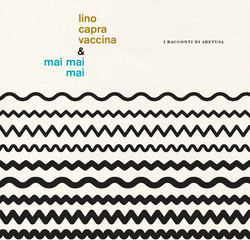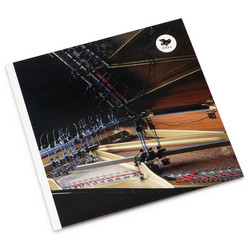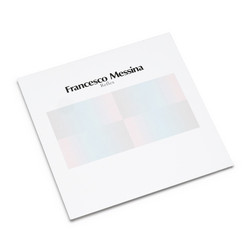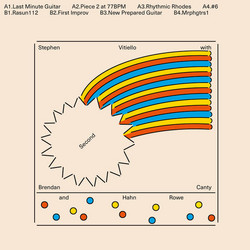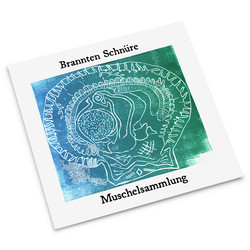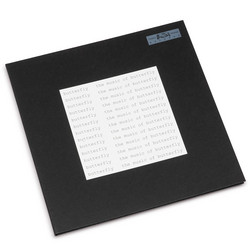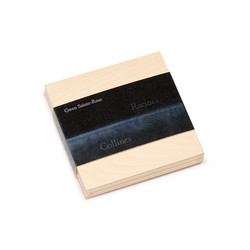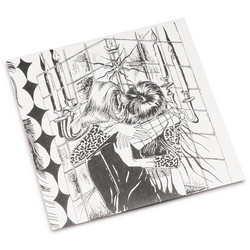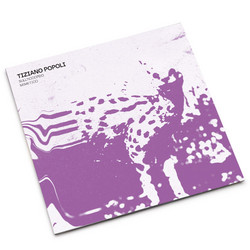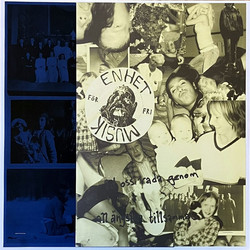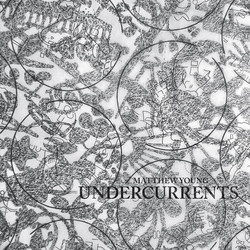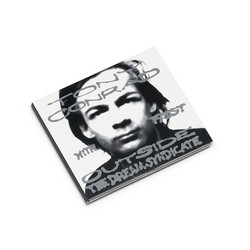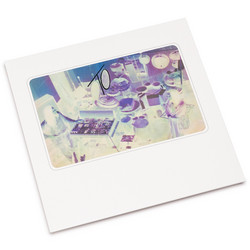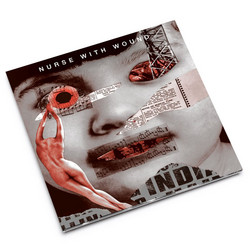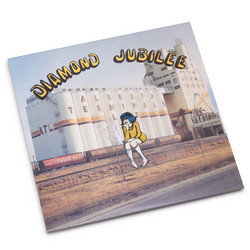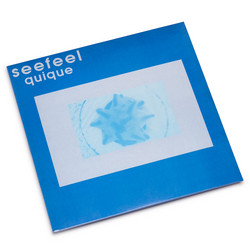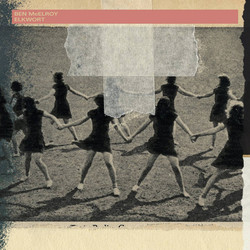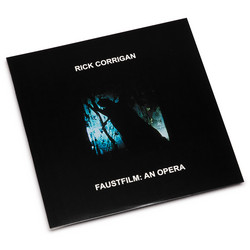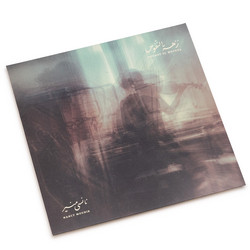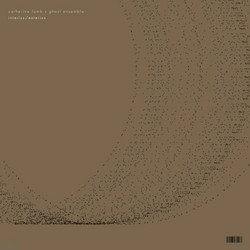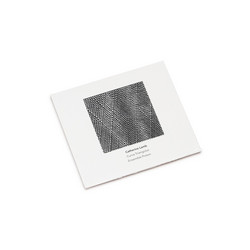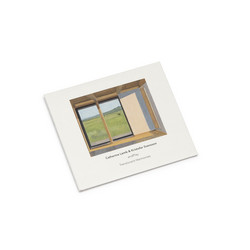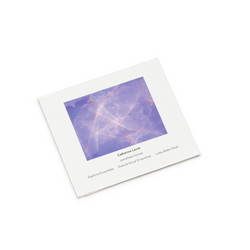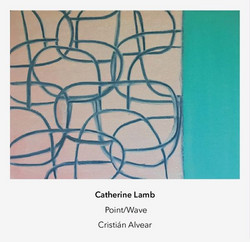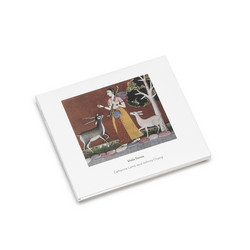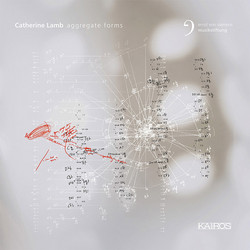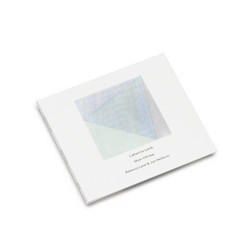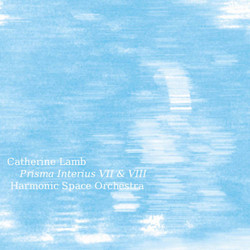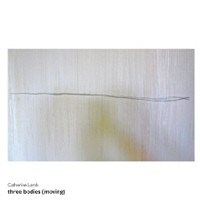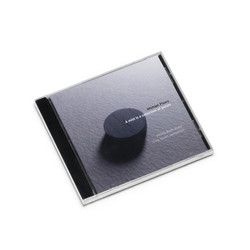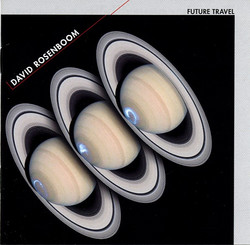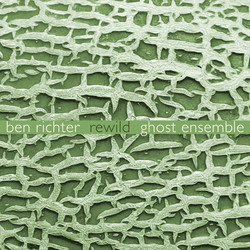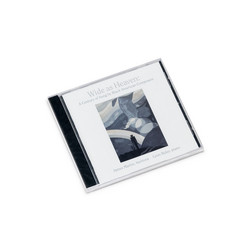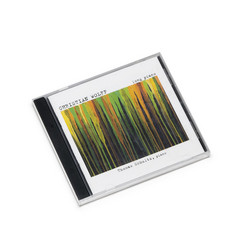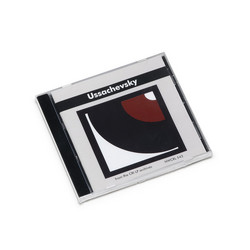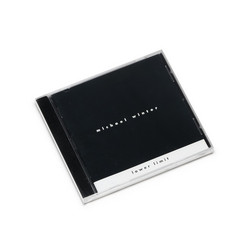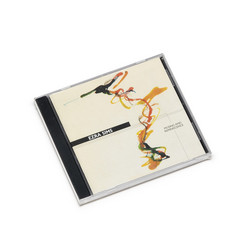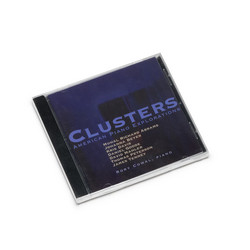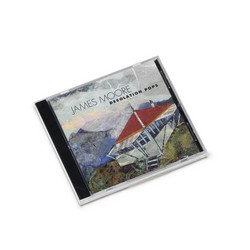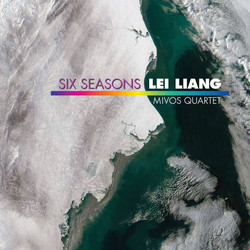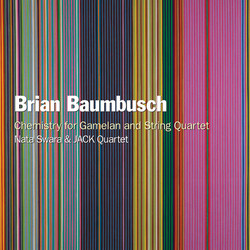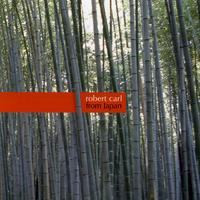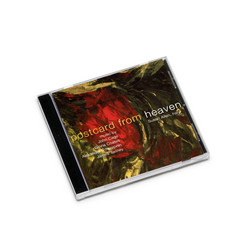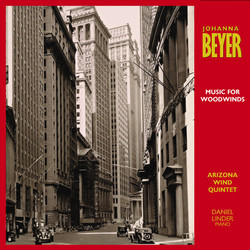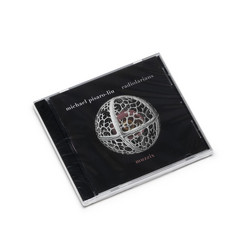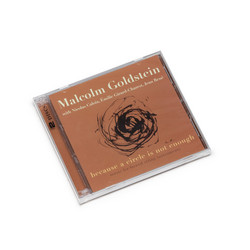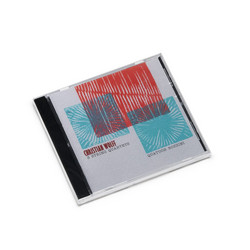Catherine Lamb
Atmospheres Transparent / Opaque
"I have been attempting to describe, in more elemental terms, the perceptual roles between musicians who are activating interactions in harmonic space. Overlays Transparent/Opaque (2013) was an initial attempt towards showing forms aside phenomenological clarities in which to enter from relational and therefore parallaxical points, in this case through shifting overlays. As though to place individual crystals, one by one, amongst the musicians, and to have them find their place of vibrancy or shadow due to the angle in which they are seeing the form. Rather than terms like loud/soft or foreground/background, opaque might suggest a tone that is filled, dense, and vibrant, whereas transparent might indicate a tone that is losing its fundamentality, becoming fused into the intensity of opacity; or that one might see through its sound, becoming atmospheric. The seven overlays are in constant flux, but the forms are synoptic, placed on their own and in their own space, as objects.
Prisma Interius IX (2018), in contrast, would be one large crystal placed amongst the musicians, rotating with filtered light. So that each unfolding of the tonalities illuminates the form that is always present, allowing for a feeling of constant expansion... Prisma Interius IX is the culmination of a series of pieces written between late 2016 to summer 2018, examining particular (perhaps archaic) musical roles, and how they situate within the phenomenological/perceptual space my work has been growing into for the past 14 years. Elemental questions have been important in the series, like how is one tone a pivot between activating a total harmonic space as well as expanding a contour in time? There were many threads in the series, such as how to create structural changes through various conceptual shifts of a prism, the role of the voice, but the most obvious was the development of the secondary rainbow synthesizer, in collaboration with Bryan Eubanks since 2014, named after the faint shadow to the more brilliant primary visual. The instrument filters the adjacent environment to the listening space by literally fusing harmonically with chaotic atmospheric elements being picked up by the microphones outside. The role becomes a kind of highlighting continuo or tanpura to the more clearly articulating musical activity played by the ensemble, while also attempting a bridge for the listener towards an infinite, expanding space (in ideal terms)." --- Catherine Lamb
